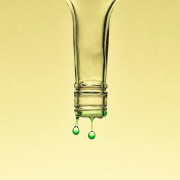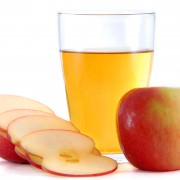It can be intimidating to start your wine education. As you dig down into the soil bed of wine you can find yourself pushed up against thousands of years of nuance and history associated with the fabled elixir. There are important geographies, a unique lexicon, long histories that span across countries, famous vintages, and much pride that comes along with wine production. I
If you work at a restaurant or bar, or are just a curious consumer, there is a lot you feel like you’re missing when you’re dealing with wine. For me, one of those head-scratching moments comes from understanding the differences and similarities between French and American wines. In this post, I aim to help you out with some of those distinctions. Read more










